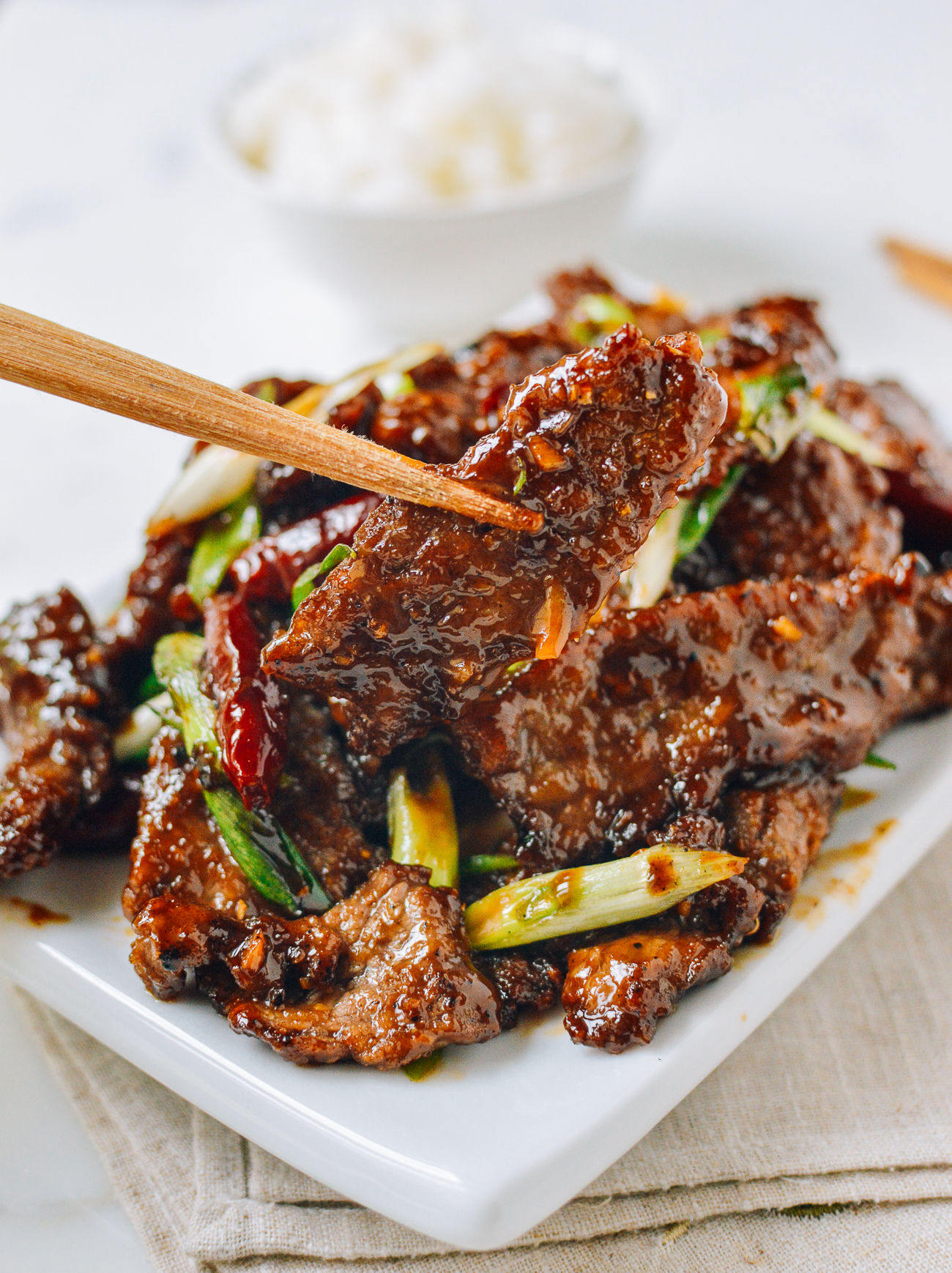Meat High Quality Grades Explained: What You Need to Know
Meat High Quality Grades Explained: What You Need to Know
Blog Article
From Ranch to Table: Fresh and Costs Meat Choices
The trip of meat from ranch to table encapsulates a complex interaction of high quality, ethics, and sustainability. This change not just enhances the dietary profile of meat but additionally sustains regional economic climates.
Understanding Meat Sourcing
As consumers come to be significantly conscious of the origins of their food, recognizing meat sourcing has gained critical value. Meat sourcing includes tracing the journey of meat from farm to table, incorporating numerous aspects such as farming practices, animal well-being, and environmental impact. This recognition empowers consumers to make educated options that align with their worths, specifically concerning sustainability and ethical factors to consider.
The sourcing of meat can vary substantially based on numerous standards, including the kind of livestock, farming methods, and geographical area. Grass-fed beef frequently comes from pasture-based systems that promote animal welfare and minimize environmental destruction. Alternatively, conventional meat may involve intensive farming techniques that raise problems pertaining to antibiotic use and environment damage.
Knowing the specific ranch or area where the meat comes from helps customers make certain high quality and safety. Ultimately, understanding meat sourcing not just improves consumer selection however also fosters accountable consumption and sustains honest farming practices.
Advantages of Fresh Meat
Picking fresh meat uses various benefits that prolong past taste and texture. Fresh meat generally preserves higher dietary value contrasted to its frozen or processed counterparts. It is commonly richer in vital minerals and vitamins, such as B vitamins, iron, and zinc, which are crucial for keeping overall health and wellness.
Furthermore, the sourcing of fresh meat usually includes much shorter supply chains, minimizing the time in between farm and table. This means that the meat is much less most likely to lose its dietary integrity during transport and storage. Furthermore, consumers can experience improved preference and juiciness, which can elevate cooking experiences.
Fresh meat additionally offers a possibility for consumers to support neighborhood farmers and promote sustainable farming techniques. When buying from local sources, individuals can add to their regional economy and promote a better connection to the food they take in.
Finally, fresh meat is normally without the chemicals and additives frequently located in refined alternatives. This makes it a cleaner, healthier alternative for those aiming to decrease their consumption of man-made components. In general, the benefits of choosing fresh meat encompass wellness, preference, and a sense of area involvement.
Pet Welfare Criteria
Ensuring high pet welfare standards is essential for both moral factors to consider and the high quality of meat items. The therapy of livestock straight affects not only the moral effects of meat production but additionally the general quality and safety and security of the end items. Pets raised in gentle conditions are much less stressed out, resulting in much healthier animals and, consequently, superior meat top quality.
Laws and certifications concerning pet welfare have actually become progressively substantial in the meat sector. These frameworks make sure animals are offered with ample area, correct nourishment, and humane handling throughout their lives. Practices such as pasture-raised systems and free-range settings add to far better animal welfare by allowing pets to show natural behaviors, which is vital for their well-being.
Additionally, customers are becoming extra discerning pertaining to the sources of their meat, causing an expanding demand for products that follow stringent animal well-being criteria. This shift not only advertises ethical farming methods yet also motivates manufacturers to adopt procedures that boost the health and well-being of their animals. Meat. Eventually, focusing on animal welfare is not simply an ethical imperative; it is also a path to producing premium-quality meat that satisfies customer assumptions
:max_bytes(150000):strip_icc()/beef-and-fonio-meatballs-with-sweet-potato-stew-FT-RECIPE0321-9521b72015fd47ba86d2eb070b8f68a3.jpg)
Sustainable Farming Practices
Lasting farming practices play a crucial duty in enhancing both animal well-being and the quality of meat products. By carrying out rotational grazing, farmers can advertise healthy pasture ecological communities, allowing animals to feed on see page nutrient-rich turfs while look here protecting against overgrazing.
Furthermore, lasting farming frequently integrates incorporated parasite management and organic feed choices, decreasing using dangerous chemicals. This approach not only safeguards animal wellness yet also causes cleaner, safer meat products for customers. Water conservation methods, such as rainwater harvesting and effective watering systems, better add to sustainable techniques, ensuring that resources are made use of sensibly.
Additionally, cultivating biodiversity with polyculture systems and protecting habitats for wildlife enhances the durability of farming ecological communities. By prioritizing these sustainable methods, farmers can create top notch meat that fulfills consumer demand while promoting environmental balance. Eventually, accepting lasting farming techniques is crucial for developing a more responsible and resilient food system that benefits animals, farmers, and consumers alike.
Picking Top Quality Over Quantity
Frequently, consumers are confronted with the problem of picking in between quantity and top quality when it involves meat products. While purchasing bigger quantities might seem financially helpful, the long-lasting advantages of selecting top quality meat much exceed the immediate financial savings. Quality meat is commonly sourced from animals elevated in sustainable settings, where they are provided proper nourishment and care, bring about remarkable flavor and dietary value.
Top notch meats are usually free from dangerous additives, hormonal agents, and prescription antibiotics that are often existing in mass-produced options (Meat). This not only ensures a healthier eating experience but likewise supports useful link honest farming techniques that prioritize pet well-being. Furthermore, costs meats often tend to have a far better appearance and taste, enhancing the overall culinary experience
Purchasing high quality meat urges customers to value smaller sized parts, enabling a much more mindful technique to eating. This shift not only affects personal health positively but likewise advertises lasting consumption patterns that can profit the environment. Finally, focusing on top quality over amount when selecting meat products fosters a more responsible and health-conscious way of living, inevitably improving both the dining experience and the world.
Conclusion

Report this page